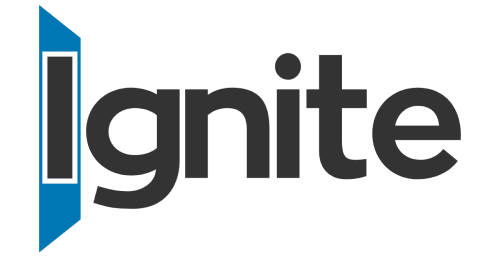FedNOW vs. Real-time Payments (RTP)
In the rapidly evolving payments landscape, understanding the differences between FedNOW and RTP is crucial – so here is the TLDR…
What is FedNow?
How FedNow Works
FedNow is a significant expansion of the US payments infrastructure. It’s built on ISO 200022 standards, which focus on improving interoperability and transparency of money movement.
This new rail will move money between sending and receiving banks instantly, so the receiving party has access to the funds within seconds. FedNow guarantees this will happen within 20 seconds, and often much faster.
FedNow will also settle and clear online payments 24/7/365 including nights, weekends, and all holidays. The banks on both sides of the transaction instantly exchange the necessary information to immediately move the money between customer accounts, and interbank settlement happens after the receiving bank has confirmed the recipient’s account information. Both the sender and receiver are notified whether the payment was successful.
What’s more, the backing of the Federal Reserve means FedNow can immediately ensure both banks are made whole: When money is sent it comes out of the sending institution’s master account at the Fed, and it’s deposited into the receiving bank’s Fed account.

What is RTP?
Real-time payments (often called RTP or The RTP Network) is a system introduced by The Clearing House in 2017. True to its name, RTP processes U.S. domestic payments 24/7/365 with immediate settlement. That sounds pretty similar to FedNow, but RTP works differently in how it accesses interbank liquidity and confirms settlements.
How RTP Works
Financial institutions have to opt in to become part of the RTP network, but most customers have access: The Clearing House estimates it’s accessible to institutions that hold about 90% of U.S. demand deposit accounts (DDAs).
When accessing RTP through various technology partner digital solutions API, the process is seamless for customers: The person sending the payment initiates the transaction (as a credit push), and the RTP network processes the payments individually in real time.
To support that, the RTP network requires participating funding institutions to hold a separate, pooled account for liquidity purposes at The Clearing House. Interbank settlement happens immediately, before the receiving bank confirms details of the recipient’s account. As with FedNow, both the sender and receiver of RTP transactions get payment status updates instantly to confirm success and the amount paid.

Key Differences: FedNow vs. Real-time Payments (RTP)
Many banks are working to support both FedNow and RTP, but each offers unique advantages.
One rail may be better for your needs and use cases at a specific time, while another is the most efficient and cost effective for a different need or time.
The similarities of these two rails are both FedNow and RTP offer: 24/7/365 payments processing, instant and irrevocable settlement, access for customers with accounts at institutions that have opted in, confirmation of transactions for both senders and recipients, and transaction limits that are lower than that of ACH and wires. Here are some of the key differences between FedNow and RTP:
Transaction Limits
RTP has the jump on FedNow here, as RTP offers transactions up to $1 million. At FedNow, the default limit will be $100,000 with financial institutions having the ability to request up to $500,000.
Access
FedNow may have the advantage. One of FedNow’s biggest differentiators is its integration with the Federal Reserve’s larger network, which means it will be accessible to smaller local banks in communities across the U.S.
RTP is also widespread, as The Clearing House estimates it’s accessible to institutions that hold about 90% of U.S. demand deposit accounts (DDAs), though the network currently reaches only 62% of DDAs as not all institutions with the access have chosen to opt in. The thousands of institutions currently integrated with RTP can be found on The Clearing House’s website, and some customers may find that their local community banks aren’t on the list.
FedNOW and RTP are transforming the way businesses handle transactions, providing speed and reliability. These platforms represent significant advancements in payment processing, offering real-time transactions and enhanced efficiency. By grasping their unique features and benefits, financial institutions can make informed decisions that align with their strategic goals.
